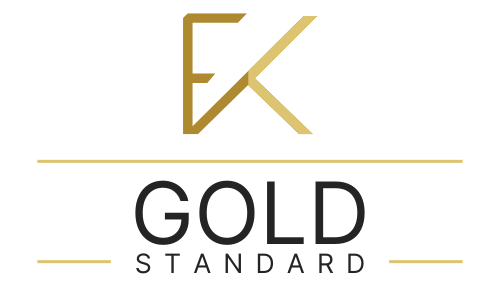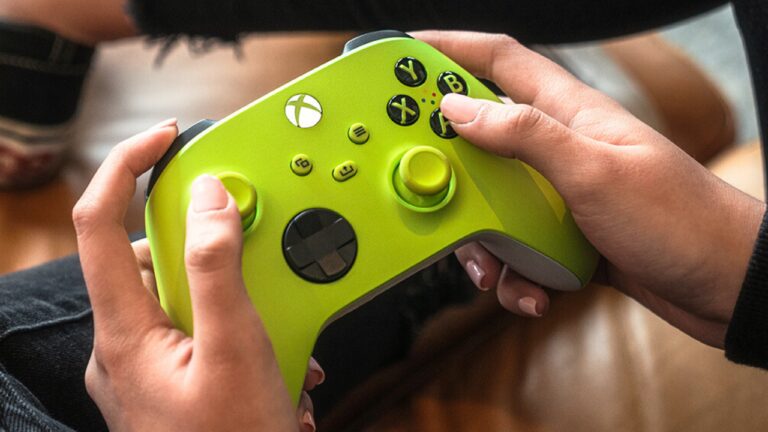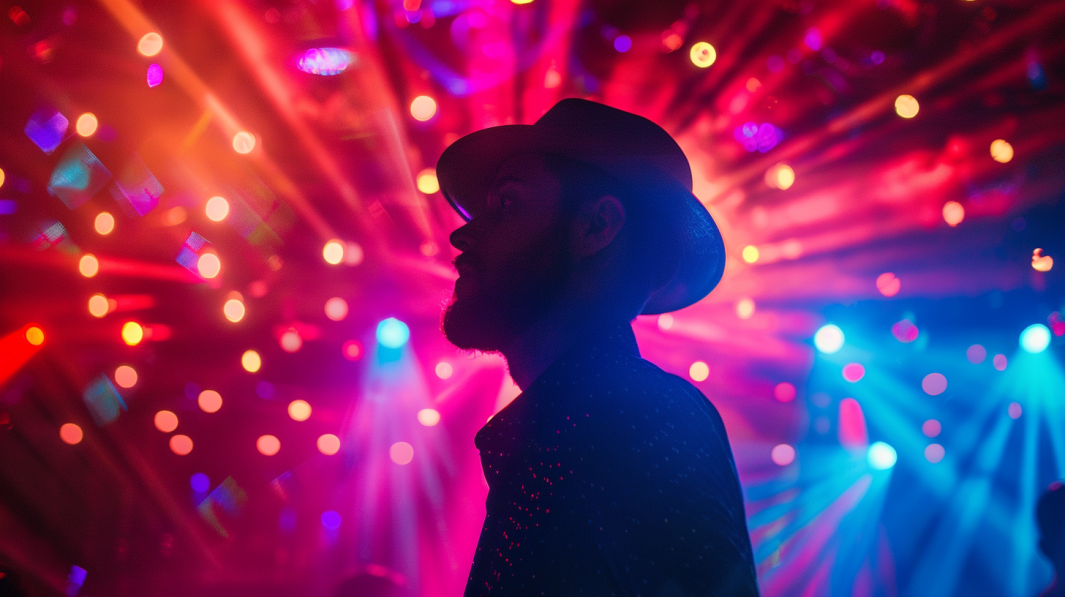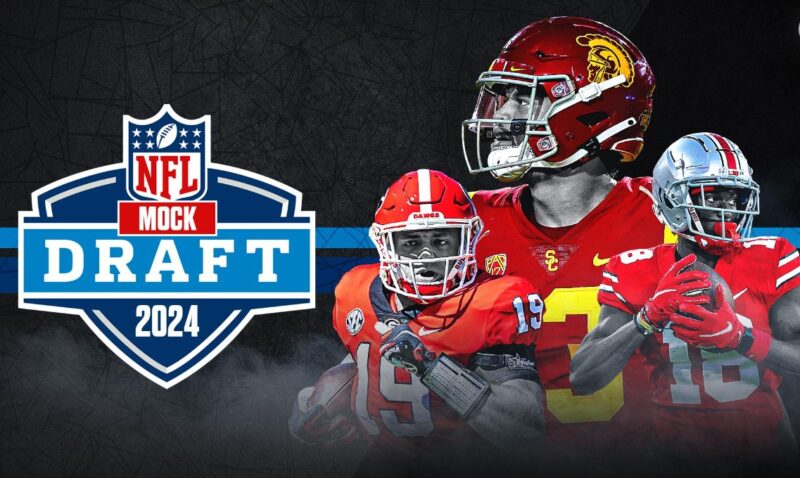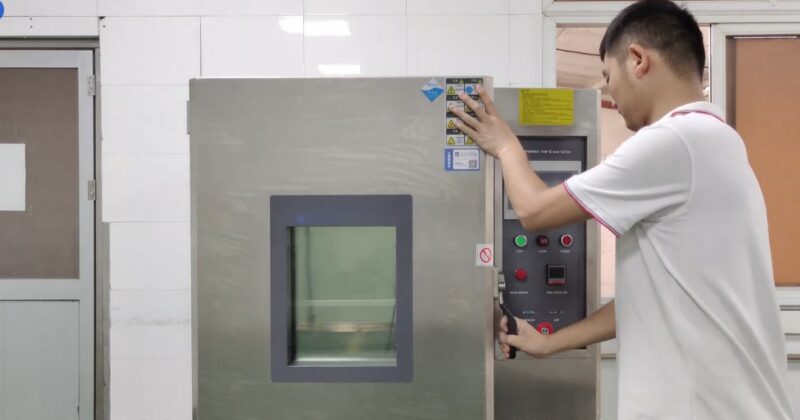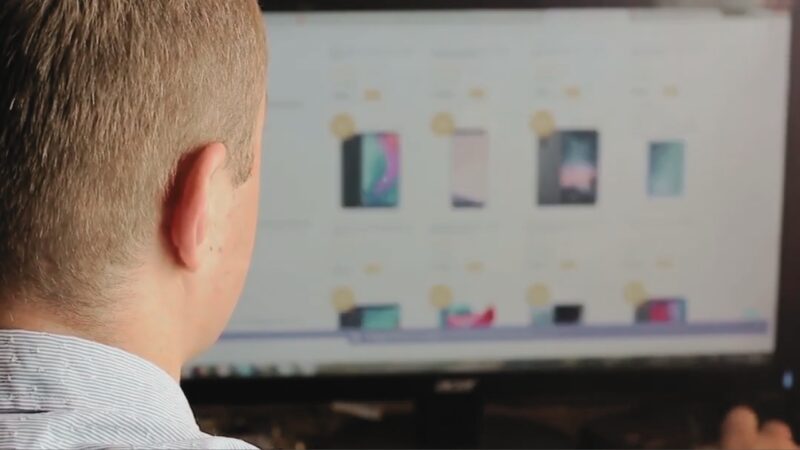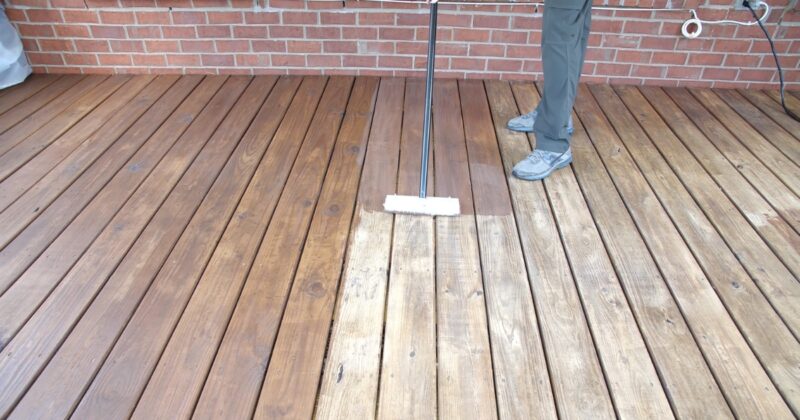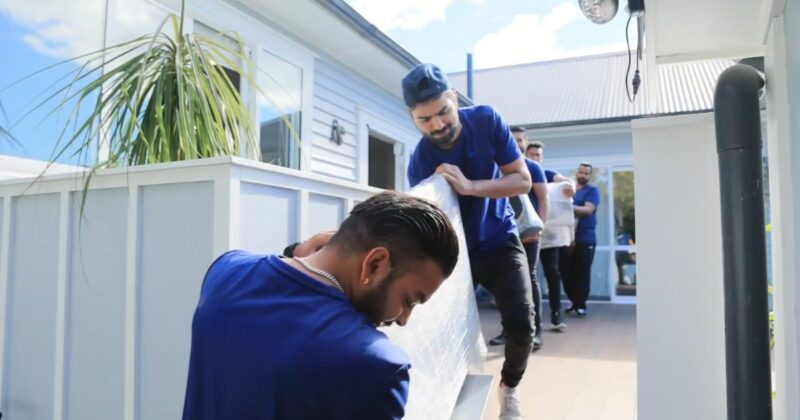The Xbox console has become a staple in many homes, providing countless hours of entertainment. However, one common issue that many of us have faced is the controller not connecting to the console.
The good news? You’re not alone in this struggle, and there are some straightforward fixes that can get you back in the game in no time.
In this article, I’m going to share some tips and tricks based on my own experiences to help you tackle this stubborn issue.
Basic Troubleshooting
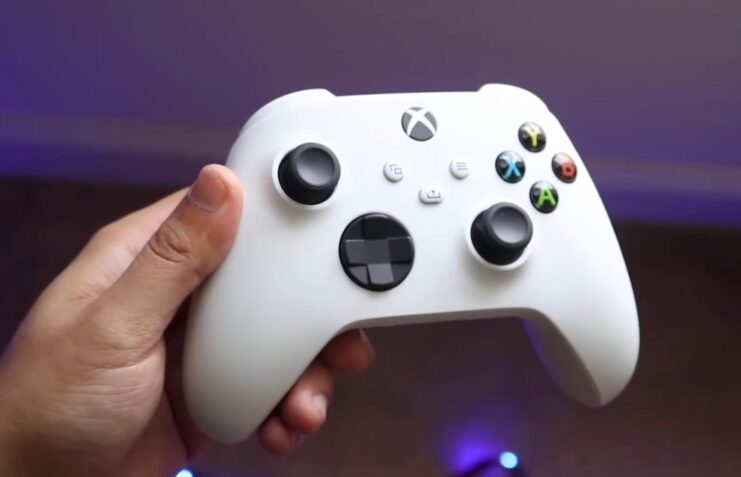
Before diving deep into the technical aspects, it’s essential to cover the basics. Sometimes, the simplest solutions are the most effective.
Check the Batteries
Is your joystick powered on? It might sound obvious, but it’s easy to overlook. These controllers, especially the wireless ones, rely on batteries or rechargeable packs. First, ensure that your batteries are fresh or fully charged.
If you’re using rechargeable battery packs, make sure they’ve been charged recently.
If the batteries are in good condition and the joystick still doesn’t turn on, try using another set of batteries or a different charging cable to rule out the possibility of faulty batteries or cables.
Re-sync the Joystick
Sometimes, the connection between the console and the controller can get lost, especially if you’ve recently connected it to another device. Press the Xbox button on your joystick to turn it on. If it’s already on, press and hold the button until it turns off, then press it again to turn it back on.
Next, press the sync button on your console and the sync button on the joystick simultaneously. The button should start flashing rapidly, indicating that it’s searching for a console to connect to.
Once they’re paired, the light will become solid.
Hardware Checks
Sometimes, the issue might be more than just a simple syncing problem.
Inspect the Controller’s Ports
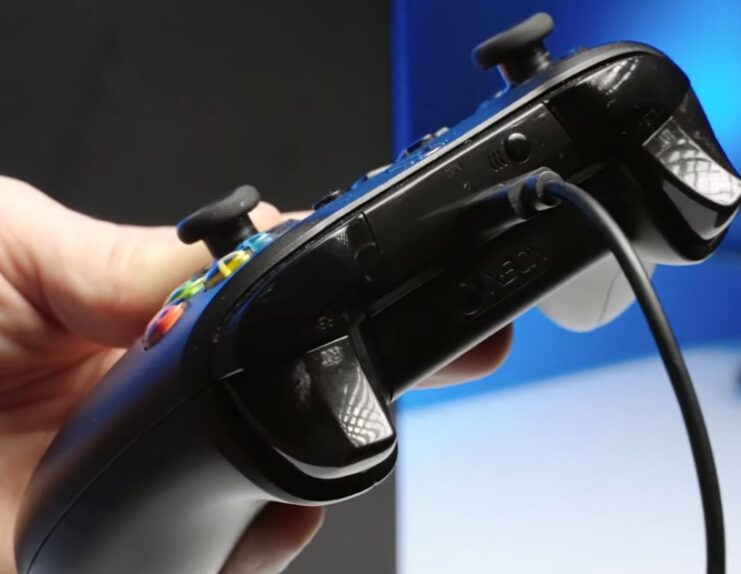
Dirt, debris, or physical damage can prevent a joystick from connecting or charging. Take a close look at the micro USB port (or USB-C, depending on the joystick model) to ensure it’s clean and free from obstructions. Gently blow into the port or use compressed air to remove any debris.
If you notice any bent pins or physical damage, it might be time to consider a repair or replacement.
Test with Another Joystick
This step will help determine if the problem lies with the controller or the console itself. If you have another Xbox joystick, try connecting it to your console. If it connects without any issues, it’s likely that the first model is the culprit.
If neither joystick connects, the problem might be with the console. In this case, further troubleshooting with the console might be necessary.
Software Solutions
At times, software glitches can prevent your controller from connecting. Here are some steps to address these potential issues.
Step 1 – Update Joystick Firmware
Microsoft frequently releases updates to improve controller performance and fix known bugs.
Connect your joystick to the Xbox using a USB cable. Navigate to ‘Settings’ > ‘Devices & streaming’ > ‘Accessories’. Select the controller, and if an update is available, you’ll see the ‘Update’ option. Follow the on-screen instructions to complete the process.
Once you updated the firmware, disconnect the joystick and try connecting it wirelessly.
Step 2 – Hard Reset Your Console
A hard reset can clear any temporary software glitches that might be preventing your controller from connecting. To perform a hard reset, press and hold the Xbox button on the front of the console for about 10 seconds until it turns off.
Once it’s off, unplug the power cord from the back of the console and wait for about 10 seconds. Plug it back in, turn on the console, and try connecting the joystick again.
Potential Interference Issues
Wireless devices, including the Xbox controller, can sometimes face interference from other devices or objects. Understanding these can help you troubleshoot more effectively.
Other Wireless Devices
Many households today are brimming with wireless devices, and these can sometimes interfere with your joystick’s connection. Devices like Wi-Fi routers, cordless phones, and even other gaming consoles can cause interference.
If possible, move these devices away from your Xbox or try turning them off temporarily to see if the connection improves.
Remember, it’s not just about distance. Walls and other obstructions can also impact the signal. Ensure there’s a clear line of sight between the controller and the console.
Physical Barriers
Physical barriers can sometimes obstruct the signal between the joystick and the console. Ensure that your console is placed in an open area and not inside a closed cabinet or behind other objects. This ensures that the signal from the controller can reach the console without any hindrance.
If you have a custom console skin or a protective case on the joystick, it might be worth removing them temporarily to check if they’re causing any interference.
Warranty and Support
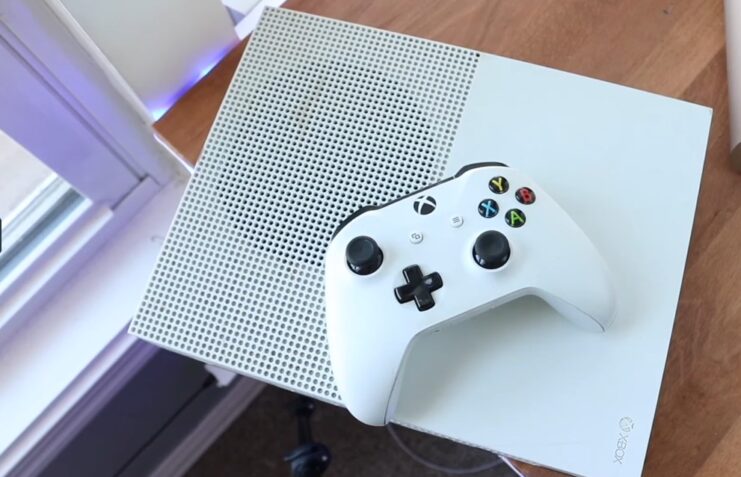
If you’ve tried all the above steps and still face issues, it might be time to consider the warranty or seek professional support.
Check Your Warranty
All Xbox controllers come with a limited warranty, which can be a lifesaver in situations like this. Check the purchase date. If it’s still under warranty, you might be eligible for a free repair or replacement.
Ensure you have the purchase receipt and other necessary documents. Visit the official support website and navigate to the warranty section to check the terms and conditions and initiate a warranty claim.
Contact the Support Team
Sometimes, it’s best to consult the experts directly. Xbox has a dedicated support team that can assist with various issues, including joystick connectivity problems. You can reach out to them via chat, phone, or the official forums.
Before contacting support, ensure you have all the necessary details handy, such as your console’s model, the controller’s serial number, and a brief description of the issue you’re facing.
Alternative Solutions
If all else fails, there are still a few alternative methods you can try to get your joystick connected.
Try a Wired Connection
If you’re using a wireless controller, consider switching to a wired connection temporarily. Connect the joystick to the Xbox using a USB cable. This direct connection can sometimes bypass any wireless connectivity issues you might be facing.
If the wired connection works, it confirms that the issue is with the wireless connection. You can continue playing wired or consider purchasing a new wireless joystick.
Reset Your Controller
Resetting the joystick can sometimes resolve any lingering software issues. To reset, locate the small reset button on the back. You might need a pin or a paper clip to press it. Hold the button down for a few seconds and then try connecting it to the console again.
Remember, this step will erase any custom configurations you’ve set on the controller, so use it as a last resort.
Pay Attention to Joystick Indicators
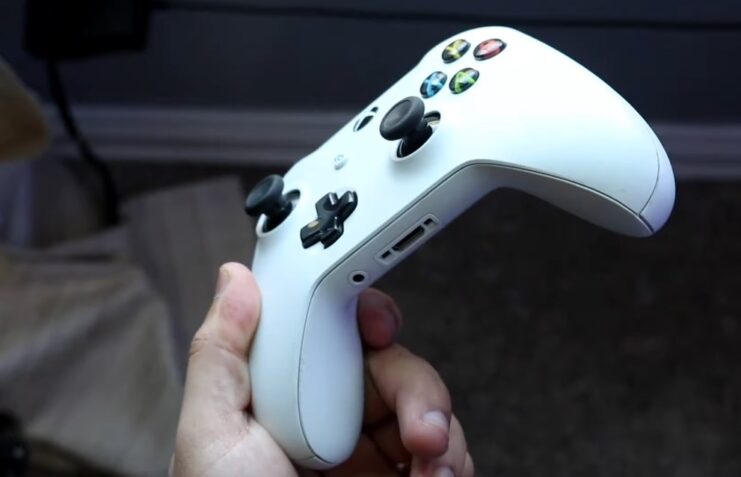
The lights and sounds from your controller can provide valuable insights into its status.
Light Patterns
The Xbox controller’s button light can indicate various statuses. A solid light typically means the joystick is connected. If it’s flashing, the joystick is trying to establish a connection. No light might indicate power issues, either from drained batteries or other hardware problems.
Familiarizing yourself with these patterns can help you quickly diagnose issues in the future.
Auditory Signals
Some controllers emit beeps or other sounds when buttons are pressed or when they’re trying to connect. Listening to these sounds can give you clues about the joystick’s status. For instance, a series of rapid beeps might indicate a failed connection attempt.
Always refer to the user manual for a comprehensive list of sounds and their meanings.
Potential Console Issues
Sometimes, the problem might not be with the controller but with the console itself.
Console Connectivity Ports
The Xbox console has specific ports dedicated to wireless connectivity. Ensure these ports are clean and free from obstructions. Dust or debris can sometimes interfere with the signals.
If you think there might be internal damage, it’s best to consult with a professional or reach out to Xbox support.
Software Glitches on the Console
Occasionally, the Xbox OS might have bugs or glitches that can affect peripheral devices. Always ensure your console’s software is updated to the latest version. Microsoft frequently releases patches to address known issues.
If you suspect a software problem, consider resetting your console to its factory settings. Remember, this will erase all your data, so back up any essential files first.
Preventive Measures
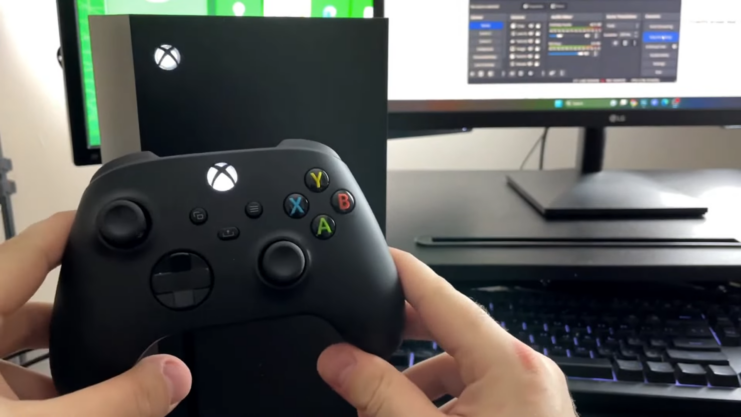
To avoid future connectivity problems, it’s essential to take some preventive steps.
Regular Maintenance
Regularly cleaning your joystick and console can prevent many issues. Use a soft cloth to wipe down the surfaces and compressed air to clean ports and gaps. This will help keep dust and debris at bay, ensuring smooth operation.
Avoid exposing your devices to extreme temperatures or moisture, as these can damage the internal components.
Safe Storage
When not in use, store your controller and console in a safe place. Avoid placing heavy objects on top of them or wrapping the cords too tightly. This can prevent physical damage and prolong the life of your devices.
Consider investing in protective cases or skins for added protection.
FAQs:
How do I fix joystick drift on Xbox One?
Apply isopropyl alcohol to a cotton swab, pry back the thumbstick, and wipe the surface. If this doesn’t work, you might need to replace parts of the controller.
Can I connect my Xbox One controller to an Xbox Series S or X?
Yes, press the Sync button on your Xbox Series console, then on your Xbox One joystick. Follow the on-screen instructions to complete the process.
What is the maximum range of the joystick?
The maximum range is about 19 feet, but objects between the console and controller can reduce this range.
Why did my controller turn off suddenly?
These are designed to shut down after 15 minutes of inactivity to save battery. Press the Xbox button to reconnect.
Can I use batteries from another device?
It’s not recommended, as other devices might not require as much power.
Conclusion
Facing issues with your Xbox controller not connecting can be frustrating, especially when you’re eager to dive into your favorite game. However, with the comprehensive guide above, you’re well-equipped to diagnose and resolve most connectivity problems.
The key is to approach the situation with patience and a systematic troubleshooting mindset. And always, when in doubt, don’t hesitate to reach out to the experts at Xbox support.
Related Posts:
- Can You Use An Xbox Controller On Nintendo Switch -…
- PS4 Controller Keeps Disconnecting From PC - Cutting…
- How To Play Xbox 360 On Laptop With HDMI Cable? -…
- Xbox One Won't Turn On? 7 Simple Methods to Fix It
- Flashlight Not Working on Android Phone? 5 Steps to Fix It
- AirPods Microphone Not Working - 10 Tips How to Fix It
